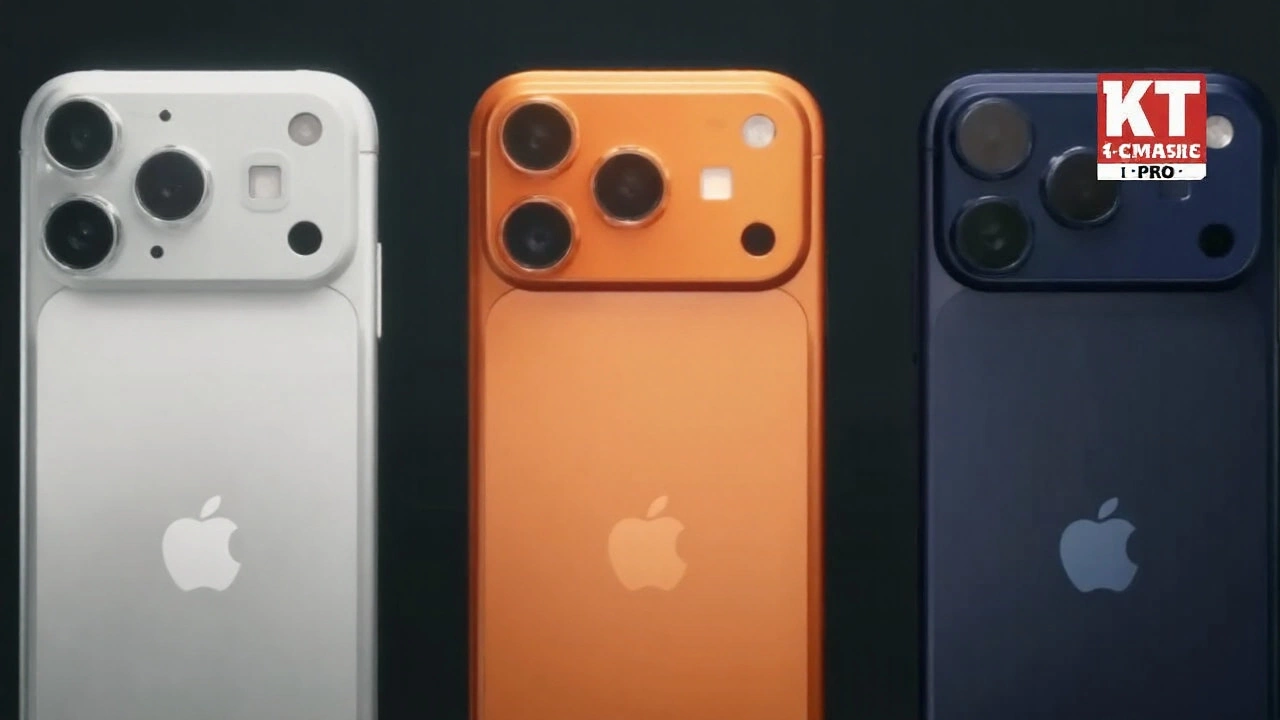48MP Cameras: What Makes Them Stand Out and How to Choose One
If you’ve been scrolling through gadget blogs, you’ve probably seen the buzz around 48‑megapixel cameras. They promise insane detail, crisp enlargements, and the kind of flexibility that makes photo‑editing feel like play. But does a higher megapixel count automatically mean better photos? Not always. Let’s break down what 48MP really means, when it matters, and how to pick a camera that fits your style without draining your wallet.
Why 48 Megapixels Can Be a Game‑Changer
A 48MP sensor captures roughly 48 million light‑sensing points. In plain terms, that translates to larger image files that hold more detail. If you love cropping heavily, printing large‑format prints, or need razor‑sharp textures for commercial work, those extra pixels give you room to maneuver. They also help in low‑light situations because each pixel can be slightly larger, gathering more light, which reduces noise. However, the benefit fades if you mainly share photos on Instagram or view them on a phone screen.
Key Features to Look for Beyond Megapixels
When hunting for a 48MP camera, focus on these specs:
- Sensor size: Full‑frame sensors deliver better depth‑of‑field control and low‑light performance than APS‑C or Micro‑Four‑Thirds.
- Image processor: A fast processor handles huge files, reduces lag, and offers advanced AI features.
- Lens ecosystem: A good selection of sharp, fast lenses lets you exploit the sensor’s resolution.
- Stabilization: In‑body image stabilization (IBIS) helps keep those high‑resolution shots steady, especially handheld.
- Dynamic range: Look for a camera that can capture both shadows and highlights without clipping.
Don’t forget ergonomics—how the camera feels in your hand, button layout, and menu simplicity can make daily shooting a joy or a chore.
Popular 48MP models on the market include the Sony Alpha 1, Nikon Z 7 II, and Canon EOS R5. Each brings a unique mix of speed, video capabilities, and lens compatibility. If you’re on a tighter budget, consider older models that still pack a 48MP sensor, like the Nikon D850, which often drops in price after newer releases.
Lastly, remember that higher resolution means larger file sizes. Invest in fast SD cards (UHS‑II or UHS‑III) and a solid backup workflow. Cloud services are handy, but a reliable external SSD is a must‑have for on‑the‑go editing.
In short, a 48MP camera can elevate your work if you need that extra detail. Pair it with good lenses, solid storage, and a workflow that handles big files, and you’ll be set to capture images that impress both on‑screen and in print.
iPhone 17 Pro debuts with aluminum unibody, vapor chamber cooling, and 8x optical zoom
Apple unveiled the iPhone 17 Pro and Pro Max with an aluminum unibody, a built-in vapor chamber for cooling, triple 48MP cameras with 8x optical-quality zoom, and pro video features like ProRes RAW, Apple Log 2, and genlock. The new displays reach 3000 nits peak brightness. Ceramic Shield 2 now protects the back as well. Pre-orders start Sept 12, with sales from Sept 19.
